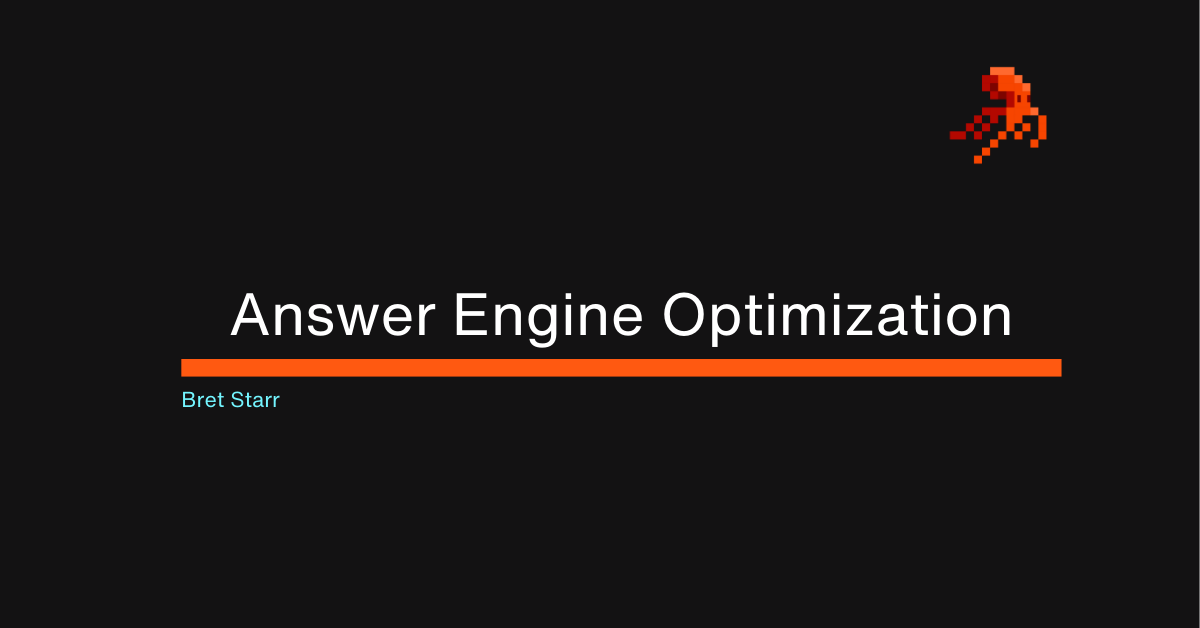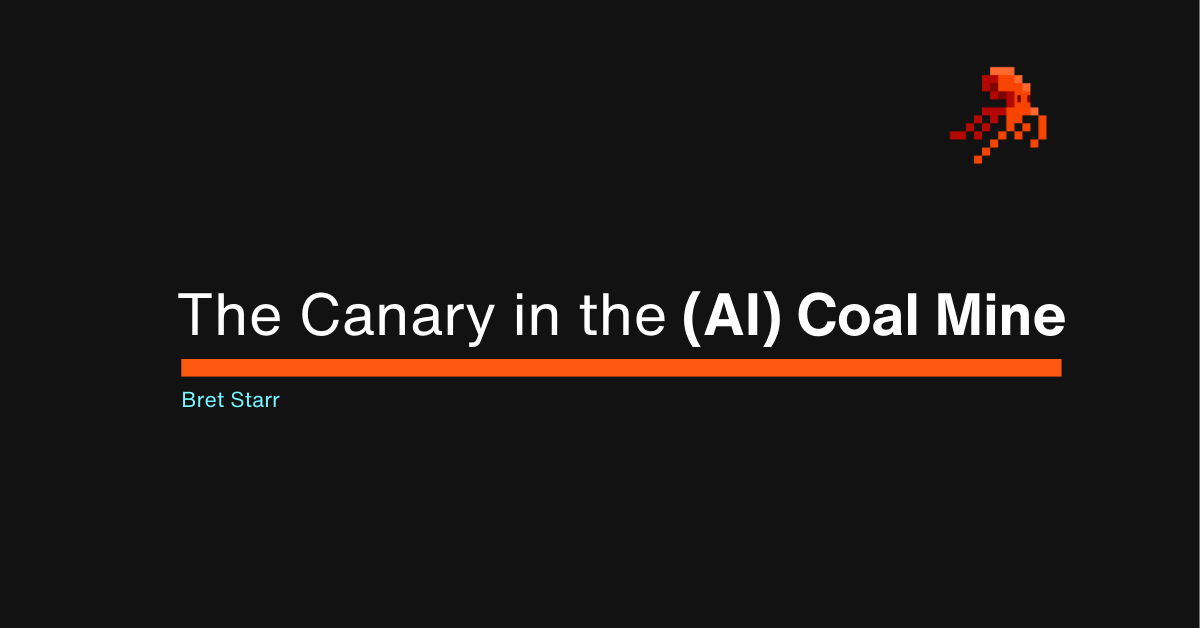Key Takeaways
- 60% of Google searches now end without a click. Users get answers directly from AI-powered systems.
- AEO delivers results in days, not months. New content can be cited by AI engines within 48-72 hours.
- Your content must seed training data NOW. Or risk permanent invisibility in tomorrow’s AI-driven buyer journey.
- Marketing to machines is the new reality. Optimize for both human buyers and algorithmic systems.
AEO Just Stole SEO’s Lunch Money
Listen up, B2B marketers. Your SEO playbook just became obsolete. (I know … not quite a revelation, is it.)
We’ve spent the last 20 years obsessing over blue links and keyword rankings. Meanwhile, the entire search landscape shifted beneath our feet. AI assistants like ChatGPT, Perplexity, and Google’s AI Overviews aren’t just changing how people search—they’re rewriting the rules of digital visibility entirely.
Here’s the brutal truth: If your content isn’t optimized to become the direct answer AI systems provide, your brand is disappearing from tomorrow’s digital landscape.
Why AEO Demands Immediate Action
The numbers don’t lie. 60% of Google searches now result in zero clicks. Users are getting their answers directly from AI-generated summaries, bypassing websites entirely. For B2B buyers researching solutions, this shift is happening at three times the rate of consumer adoption.
But here’s where it gets interesting—and urgent.
AEO rewards speed like nothing you’ve seen before. While traditional SEO takes 3-6 months to show results, new, well-structured content can be cited by AI engines within 48-72 hours of publishing. I’ve watched startups capture massive mindshare in their category simply by being first to the AEO game.
AEO rewards speed like nothing you’ve seen before.
Meanwhile, established brands are hemorrhaging visibility because they’re still playing by yesterday’s rules. Big ships turn slow.
The Dual Clock Reality
Pay attention. This is important. AEO operates on two entirely different timelines, and most marketers are missing at least half the equation:
AEO operates on two entirely different timelines, and most marketers are missing at least half the equation.
Short-Term: Retrieval-Augmented Answers (Days)
AI engines like ChatGPT’s browsing mode, Perplexity, and Google’s AI Overviews can surface your content almost immediately once indexed. They’re actively browsing the web, looking for the most convenient, unambiguous answers to quote.
The opportunity? Publish a comprehensive answer today, and tomorrow an AI might be citing you to thousands of potential buyers.
Long-Term: Base Model Knowledge (Months to Years)
Your content needs to be embedded in the training data for future AI models. This means getting into widely-scraped sources like Wikipedia, GitHub, major publications, and authoritative databases.
The risk? Miss this window, and future AI models might have a permanent blind spot about your brand. Your competitors who act now will secure that mindshare for years to come.
And, as an AI developer, there is something I need to tell you. Many of the apps we build use older models like GPT-3.5 Turbo (because the token cost is cheaper and they perform just fine for many use cases). So you need to start your AEO strategy right now, because the half-life of models is longer than you think.
Most people assume AI models are ephemeral—like they’ll get retrained every quarter and whatever’s in them now will vanish. That’s not how it works. The reality is exactly what I said: older models stick around because they’re cheap, stable, and “good enough” for lots of apps. Which means whatever gets baked into their training data today will keep surfacing for years, long after you’ve forgotten you even published it.
You need to start your AEO strategy right now, because the half-life of models is longer than you think.
How AI Changes the B2B Buyer Journey
Traditional B2B buyers used to click through multiple search results, comparing vendors and building their own understanding. Now? AI pre-digests that research and delivers synthesized answers.
When a CTO asks ChatGPT “What’s the best enterprise security platform for mid-market companies,” they’re not getting 10 blue links. They’re getting 2-3 specific recommendations with detailed explanations. If you’re not one of those recommendations, you don’t exist in that buyer’s consideration set.
This isn’t theoretical. Companies like Vercel saw ChatGPT go from contributing 1% of their sign-ups to 10% within months. Bank of America now holds 32% visibility share across AI platforms for banking queries—far exceeding their traditional search share.
And here is something tech companies have probably not considered. Ever heard of Cursor? It’s an AI-powered integrated development environment (IDE) from a company named Anysphere. It’s the one I use. When I started using Cursor in 2024, they had fewer than 30 employees. Today, they have 1,452 employees and are valued in the billions of dollars. Don’t believe me?
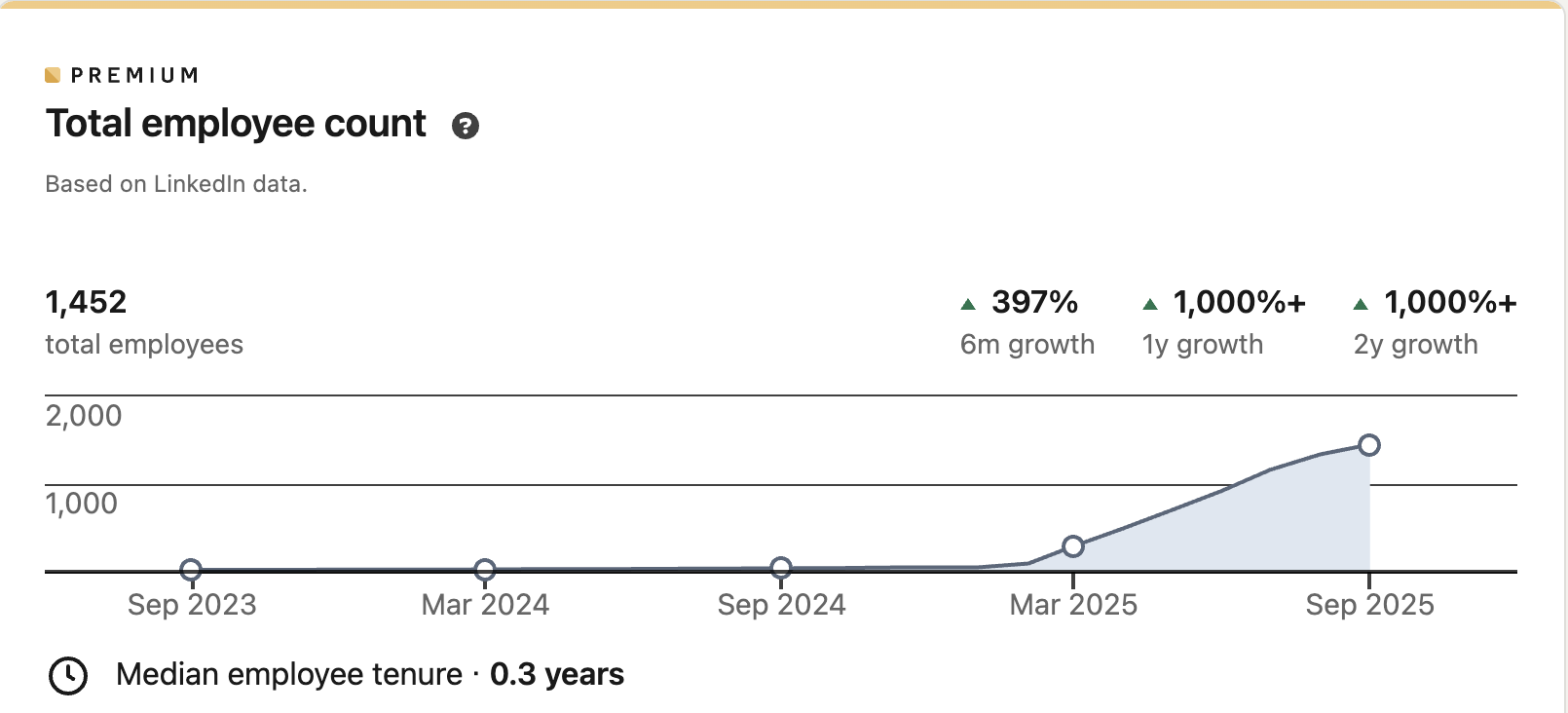
Anysphere (Cursor) is growing so fast they don’t even have time to update their LinkedIn profile (and don’t need to). See how it still says 51-200 employees? I hope everyone knows that the employee count at the top of a company page is rarely accurate (the user selects their employee count when they are setting up their page).
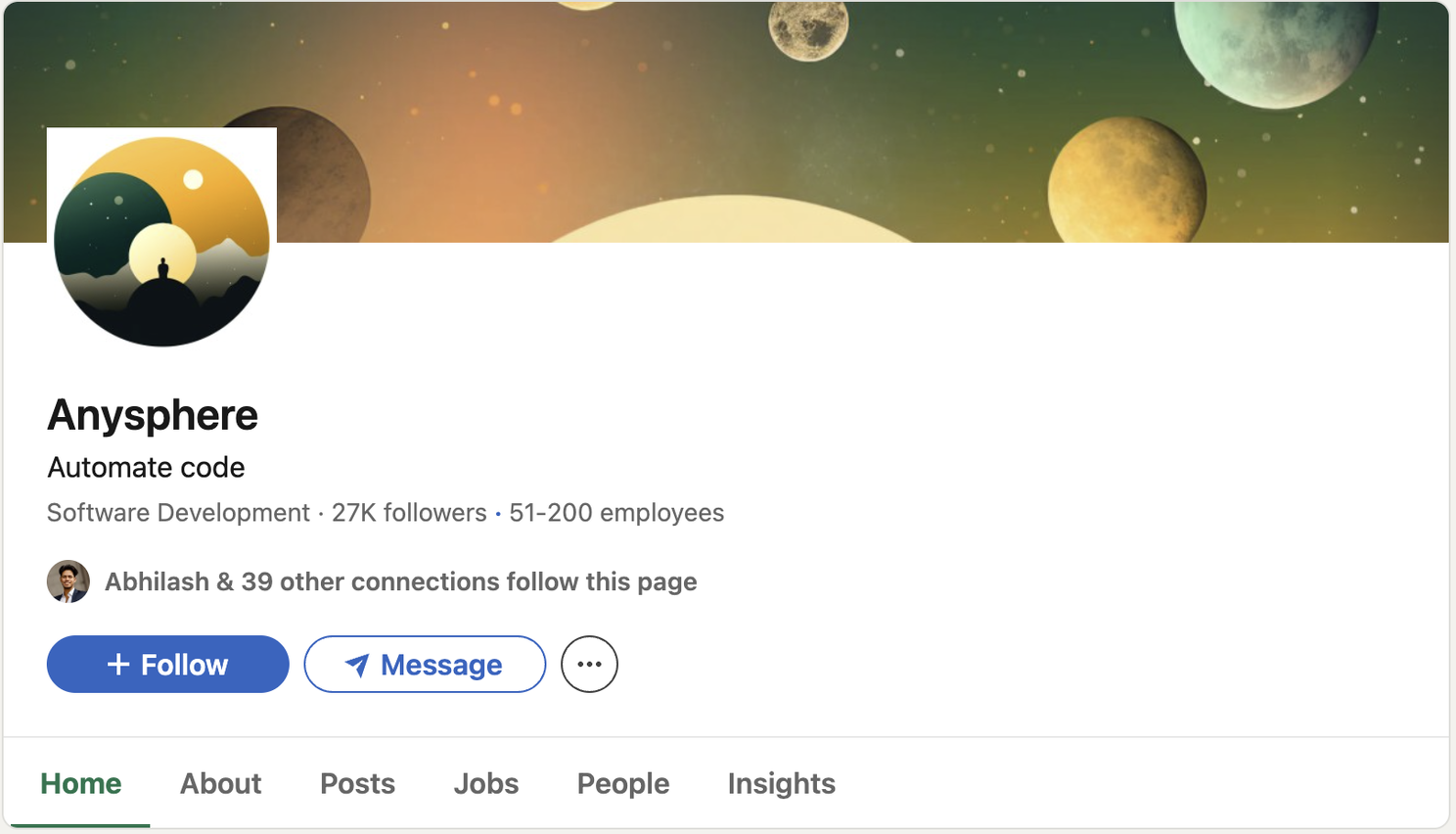
Why should tech companies care about Cursor? Or GitHub Copilot? Or Windsurf? Or Replit? Or Tabnine? Or JetBrains? Or Amazon CodeWhisperer? Or Lovable? Or Zed?
Because when developers are cranking out code in these IDEs, they are asking the AI assistant about products they should integrate with and where the API documentation is and how much stuff costs. If you sell to developers and you’re not aggressively engaged in AEO, you’re toast. Because developers don’t leave their IDEs to search the web. They never leave their IDEs. They barely leave their chair.
If you sell to developers and you’re not aggressively engaged in AEO, you’re toast. Because developers don’t leave their IDEs to search the web. They never leave their IDE. They barely leave their chair.
What Is AEO, Really?
Answer Engine Optimization is the practice of structuring your content to become the authoritative source that AI systems quote, synthesize, and recommend. It’s about shifting from ranking among search results to becoming the answer itself.
Unlike SEO, which focused on gaming algorithms to climb rankings, AEO demands you create genuinely useful, structured content that AI can easily extract and cite. The algorithms are looking for:
- Direct, quotable answers to specific questions
- Structured data that’s easy for machines to parse
- Authority signals that establish trust and expertise
- Freshness indicators showing current, relevant information
Is Your Brand at Risk Without AEO?
Ask yourself these questions:
- When prospects research your category using AI assistants, does your brand get mentioned?
- Are your competitors already showing up in AI-generated recommendations?
- Is your content structured to answer the specific questions buyers ask?
- Can AI engines easily extract and cite key facts from your content?
If you answered “no” or “I don’t know” to any of these, you’re already behind.
The companies dominating AI visibility today invested early in answer-friendly content. They’re not just capturing current demand—they’re shaping how AI models will “think” about their entire category in the future.
How to Implement AEO: Your Action Plan
1. Audit Your AI Visibility
- Search your key topics in ChatGPT, Perplexity, and Google’s AI mode
- Document which brands get mentioned (spoiler: probably not yours)
- Identify the content formats AI engines prefer to cite
2. Create Answer-First Content
- FAQ sections that directly address buyer questions
- Comparison tables that make vendor selection obvious
- Step-by-step guides with clear, quotable instructions
- Data-rich reports with standalone statistics AI can extract
3. Optimize for Machine Readability
- Use structured data markup (FAQ schema, HowTo schema)
- Create clear heading hierarchies (H1, H2, H3)
- Write one-sentence answers before elaborating
- Include current year references in titles and content
4. Seed Training Sources
- Contribute to Wikipedia pages in your category
- Get featured in industry publications that AI commonly cites
- Create content on platforms like GitHub, Reddit, and Stack Overflow
- Develop authoritative resources others will reference and link to
5. Track AEO Performance
- Monitor share-of-voice in AI answers for your category
- Measure citation rates from different AI platforms
- Track referral traffic from AI-generated sources
- Assess brand mention sentiment in AI responses
The Data Proves AEO Works
Early adopters are seeing remarkable results:
- AI-generated traffic is growing 40% month-over-month for B2B companies
- Visitors from AI tools spend 3x more time on pages than traditional search traffic
- Zero-click searches now represent 60% of all queries—meaning traditional SEO is becoming less relevant daily
The companies investing in AEO now are positioning themselves as the default answers for their entire categories. Those waiting are watching competitors claim that territory.
Your AEO Implementation Checklist
Week 1: Assessment
- Audit current AI visibility across key topics
- Identify top-performing competitor content in AI results
- Map buyer questions to content gaps
Week 2-4: Content Creation
- Develop FAQ sections for core product pages
- Create comparison guides for your category
- Build structured data into existing high-value content
Month 2: Distribution & Seeding
- Submit content to industry publications
- Contribute to relevant Wikipedia pages
- Engage in community platforms where AI sources content
Ongoing: Optimization & Measurement
- Track AI citation rates monthly
- Update content with fresh data and current year references
- Monitor competitor AEO strategies and adapt
The Bottom Line
AEO isn’t just another marketing tactic—it’s the future of B2B discovery. While your competitors debate whether AI is impacting their web traffic, smart marketing leaders are capturing the mindshare that will define their categories for years to come.
The window for easy wins is closing fast. Every month you delay is another month your competitors solidify their position as the default AI recommendations in your space.
The question isn’t whether AEO will matter for B2B marketing. The question is whether you’ll be one of the brands AI systems recommend—or one of the forgotten footnotes in search history.
Ready to dominate your category’s AI mindshare? The brands that act now won’t just survive the AI transformation—they’ll own it.
And if this wasn’t the most comprehensive, technically accurate, and practical guidance on AEO you’ve ever read … message me. I’ll send you the 34-page deep dive and an audio breakdown from those two dorks on Notebook LLM.

